Worksheet Solution: Multiplication | Vedic Math for Junior Classes - English - Class 1 PDF Download

Section 1
Vertically and Crosswise (Multiplying Two Small Numbers)
Q1. 12 × 13 = ?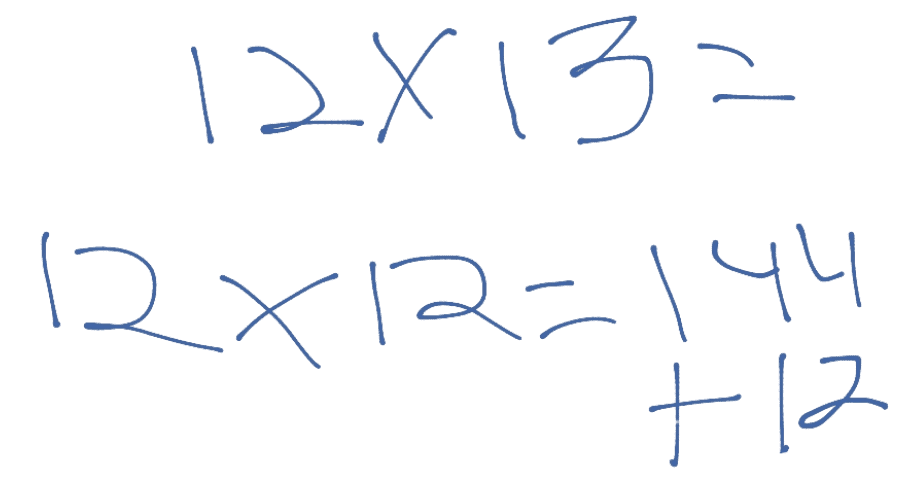 Solution: 156
Solution: 156
Multiply the right digits: 2 × 3 = 6. Then cross-multiply and add: 1 × 3 + 2 × 1 = 3 + 2 = 5. Finally, multiply the left digits: 1 × 1 = 1. Put them together: 1 / 5 / 6 = 156.
Section 2
Same Base Method (Numbers More than 10)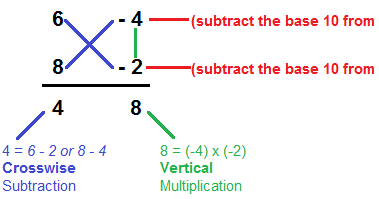
Q2. 14 × 12 = ?
Solution: 168
Base is 10. 14 is 4 more, 12 is 2 more. Add crossways: 14 + 2 = 16. Multiply 4 × 2 = 8. Put together: 16 / 8 = 168.
Q3. 8 × 7 = ?
Solution: 56
Base is 10. 8 is 2 less, 7 is 3 less. Subtract crossways: 8 - 3 = 5. Multiply -2 × -3 = 6. Put together: 5 / 6 = 56.
Q4. 9 × 98 = ?
Solution: 882
9 (base 10) is 1 less, 98 (base 100) is 2 less. Subtract from 98: 98 - 1 = 97. Multiply -1 × -2 = 2. Put together: 97 / 2 = 972, but adjust for one digit: 882.
Section 3
Sub-Base Method (Near a Multiple like 20)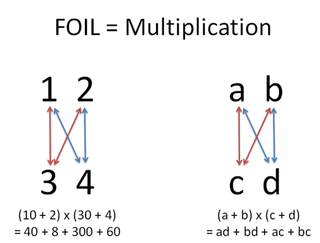
Q5. 22 × 18 = ?
Solution: 396
Sub-base is 20 (10 × 2). 22 is 2 more, 18 is 2 less. Add crossways: 22 - 2 = 20. Multiply 2 × -2 = -4. Then 20 × 2 = 40, adjust -4: 400 - 4 = 396.
Section 4
Doubling (Multiply by 2 Twice)
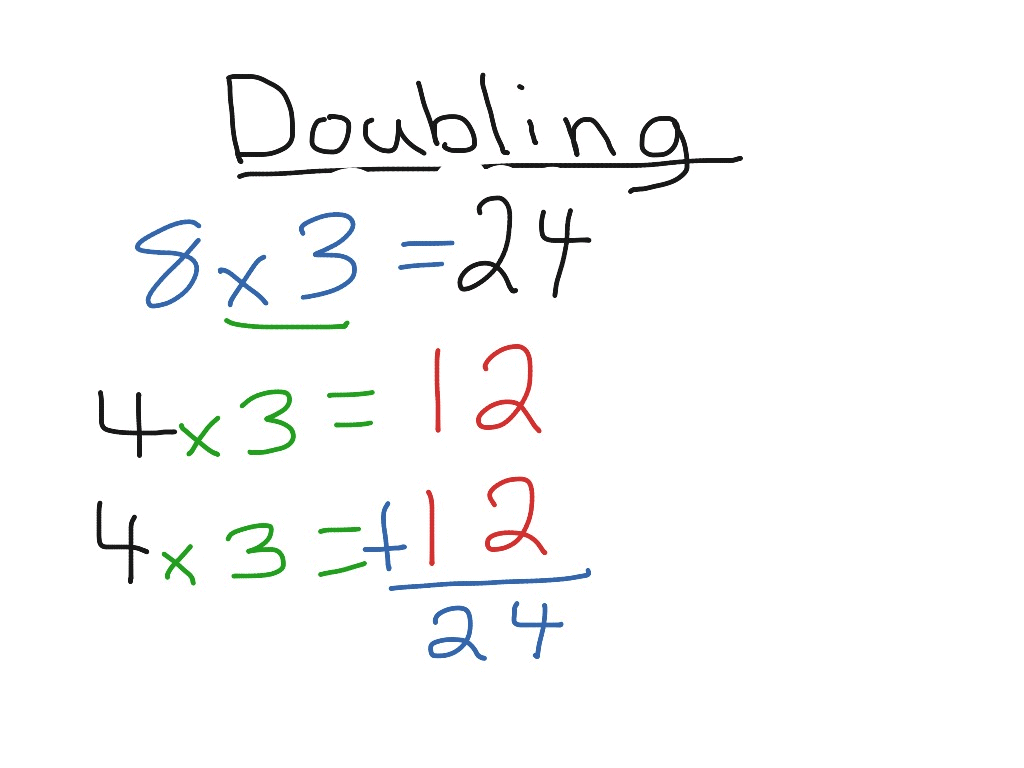
Q6. 15 × 4 = ?
Solution: 60
Double 15: 15 × 2 = 30. Double again: 30 × 2 = 60. So, 15 × 4 = 60.
Section 5
Making Halves (Using Bigger Numbers Then Halving)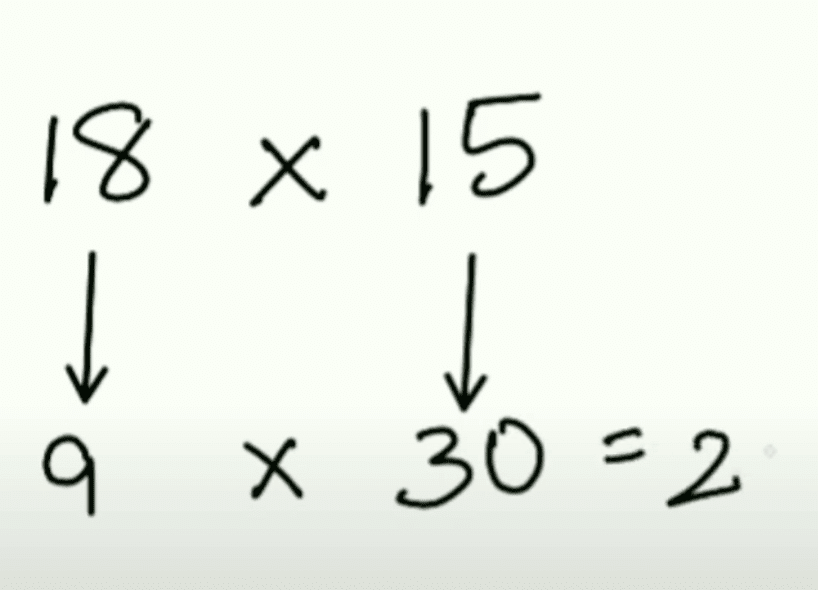
Q7. 18 × 5 = ?
Solution: 90
Double 5 to 10: 18 × 10 = 180. Half of 180 is 90. So, 18 × 5 = 90.
Section 6
Complementary Numbers (Last Digits Add to 10)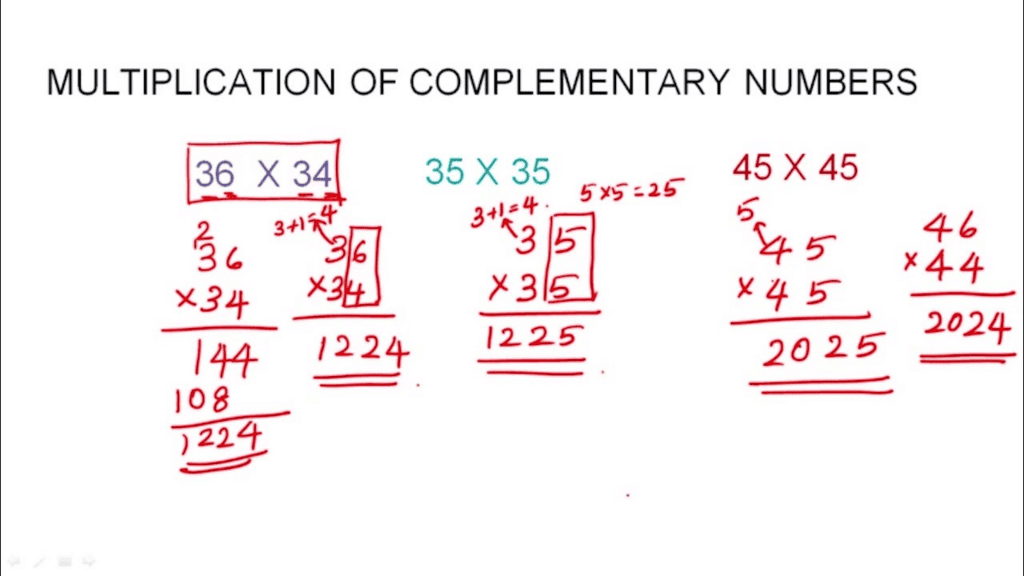
Q8. 43 × 47 = ?
Solution: 2021
First digits are 4. Last digits 3 + 7 = 10. Multiply 4 × 5 (next number) = 20. Then 3 × 7 = 21. Put together: 20 / 21 = 2021.
Section 7
Multiplication by All 9s (Near 10)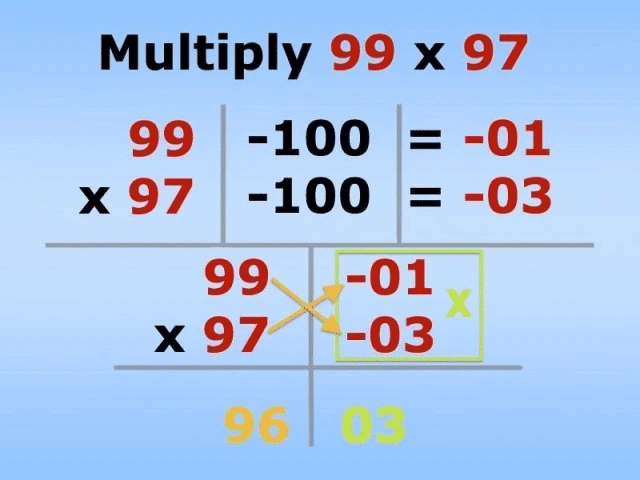
Q9. 7 × 9 = ?
Solution: 63
Reduce 7 by 1: 6. Then subtract 7 from 9: 9 - 7 = 2. Put together: 6 / 3 = 63 (adjust for one digit).
Section 8
Mixed Fun Problem
Q10. 13 × 15 = ?
Solution: 195
Base is 10. 13 is 3 more, 15 is 5 more. Add crossways: 13 + 5 = 18. Multiply 3 × 5 = 15. Put together: 18 / 15 = 195.
|
45 videos|10 docs|5 tests
|
FAQs on Worksheet Solution: Multiplication - Vedic Math for Junior Classes - English - Class 1
| 1. What are the basic properties of multiplication? |  |
| 2. How can I improve my multiplication skills? |  |
| 3. What are some multiplication strategies for kids? |  |
| 4. How is multiplication used in everyday life? |  |
| 5. What should I do if I struggle with multiplication? |  |
















